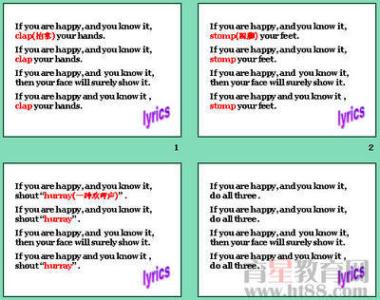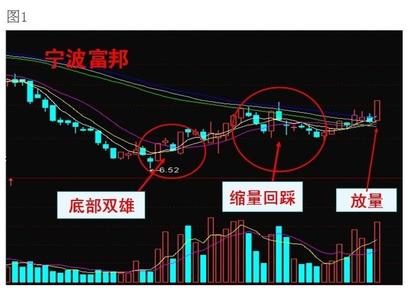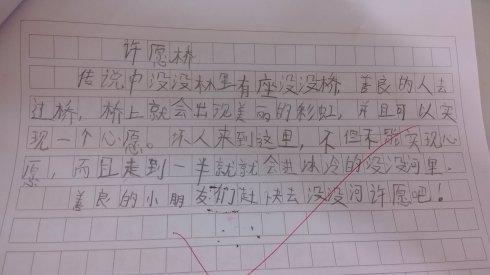一、with复合结构做伴随状语:
由“with+宾语+宾语补足语”构成的复合结构,在句中可作状语,表示伴随。这一结构中的宾语补足语可由现在分词、过去分词、形容词、副词或介词短语等来充当。例如:
1.With production up by 60%, the company has had another excellent year.
产量增涨了60%,公司又是一个盈利年。
2.He soon fells asleep with the candle still burning.
蜡烛还亮着,他很快就睡着了。
3.She sat there alone with her eyes filled with tears.
她独自一人坐在那儿,眼里充满了泪水。
二、独立主格结构做伴随状语:
独立主格结构是由一个名词或代词(作为该短语结构的逻辑主语),加上一个分词、形容词、副词、动词不定式或介词短语(作为该短语结构的逻辑谓语)构成。该从属结构主要起状语作用,相当于一个状语从句。故独立主格结构也可做伴随状语。例如:
1.Mr.Smith flew to New York this morning,his assistant to join him there this Saturday.
今天早上史密斯先生坐飞机去了美国, 他的秘书星期六和他在那儿见面。
2.He was lying on the grass, his hands crossed under his head.
他躺在草地上,头枕双手。
3.He stood on the deck, pipe in mouth.
他站在甲板上,嘴里叼着烟斗。
三、分词短语做伴随状语:
现在分词短语和过去分词短语都可以做伴随状语,现在分词短语表示与主句的主语在逻辑上有主谓关系,即表主动意义;而过去分词短语则表示与主句的主语在逻辑上是动宾关系,即被动意义。例如:
1.“Can't you read?”Mary said angrily pointing to thenotice.
玛丽生气地指着通知说:“难道你不识字吗?”
2.He sent me an e-mail hoping to get further information.
他给我发了一封电子邮件,希望得到更多信息。
3.He hurried to the hall,followed by two guards.
他匆忙进了大厅,后面跟着两个警卫。
四、形容词短语做伴随状语:
形容词短语做伴随状语时,通常表状态。例如:
1.Full of apologies, the manager approached us.
经理向我们走来,嘴里不停地说着抱歉的话。
2.He was too excited, unable to say a word.
他太激动了,一句话也说不出来。
3.He stared at the footprint, full of fear.
他盯着脚印,满心恐惧。
五、单个形容词做伴随状语:
单个形容词做伴随状语也表示状态,不表动作。例如:

1.He sat there, silent.
他一声不响地坐在那儿。
2.Breathless, she rushed in through the back door.
穿过后门,他气喘吁吁地冲了进来。
看过“伴随状语如何判断”的人还看了:
 爱华网
爱华网



